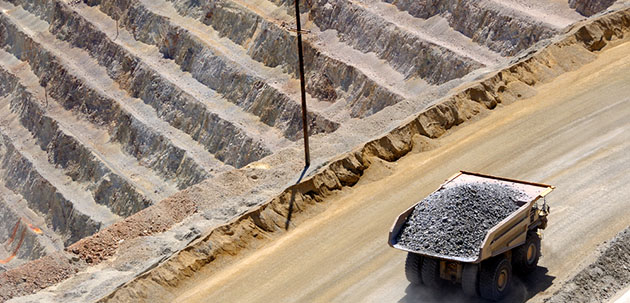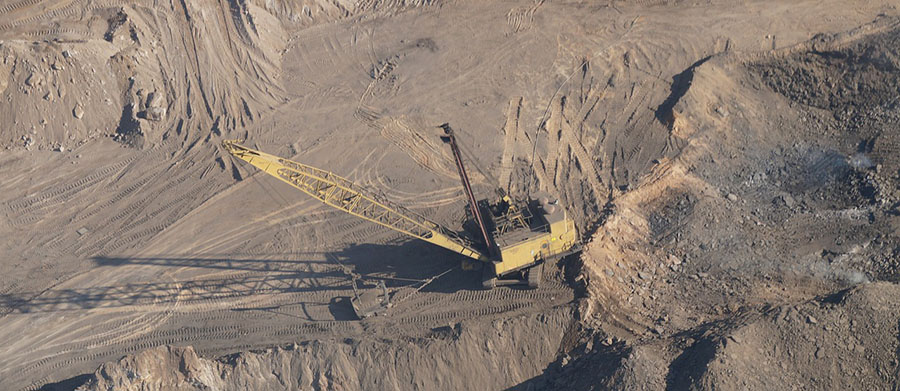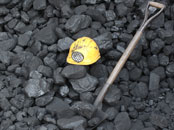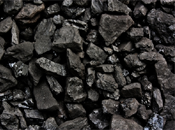![[Interactive:How The Blast Might Have Happened]](http://media.npr.org/news/graphics/2011/01/mine-animation/frame1.gif?t=1294956754&s=4)
Nine months after the Upper Big Branch coal mine explosion, investigators are homing in on possible causes. To view the full interactive map, click here.
For four hours Tuesday night, investigators from the federal Mine Safety and Health Administration (MSHA) laid out their working theory about what happened April 5, just before a West Virginia coal mine exploded and 29 miners were killed.
They noted that Upper Big Branch is a gassy mine with many possible sources of methane, and they said they're still working to pinpoint a specific source.
But they seemed confident, meeting participants say, in what the methane set in motion.
The gas seeped into the "tailgate" area of the longwall mining machine working a coal seam deep inside the mine. The longwall's cutting tool, called a shearer, was cutting into both coal and sandstone, and sparks were flying. The sparks were worse than usual, the investigators suggested, because some carbide-tipped teeth on the shearer were worn down to bare steel.
Those sparks would have been contained, cooled or extinguished by a system of water sprayers at the shearer, but they were not working properly, as NPR has reported. The sprayers also help control coal dust, which is an accelerant when it ignites. So, the investigators said, the combination of sparks, coal dust and methane, and no water, formed a volatile mix.
One of the government's experts told the families most of the mine was lined with excessive coal dust.
In the past, Massey Energy has insisted that the blast was caused and fueled by an unpredictable and natural infusion of methane or natural gas from a crack in the mine floor. But, an MSHA "flames and forces" expert told the crowd that blast residue and other evidence rule out Massey's theory completely, according to several participants in the meeting.
West Virginia's mine safety agency is also assessing the evidence, as are the United Mine Workers of America.

Loved ones mourn losses, await final explanation.

























































